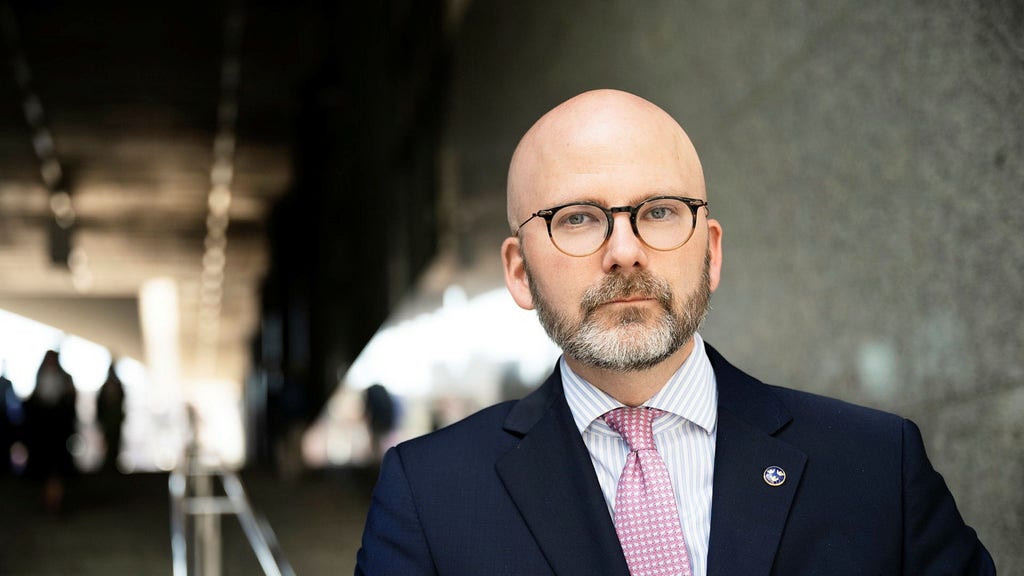what happened?
On Monday, COP15 countries voted in favor of a convention to protect global biological diversity. In a global framework agreement, countries commit to protecting 30 percent of the planet’s surface by 2030 at the latest.
– The most important thing is that it is a very simple and clear framework, which is easy to understand, says Alexandre Antonelli.
It is essential to be able to respond to the crisis surrounding biodiversity and to have the opportunity to restore wild populations of flora and fauna.
Alexander Antonelli, Professor of Biodiversity and Director of Research at the Royal Botanic Gardens at Kew, UK. Photo: Magnus Bergstrom
What does this mean for nature?
– It will depend on how and whether it will be implemented, because the agreement is not binding. But if it is implemented by all the countries that have agreed to the agreement, it is hoped that this will slow down the extinction of species and that after 2030 we will start to see an upward trend instead.
Why were they able to conclude this agreement now?
– There has been a discussion for a long time and there has been a very strong understanding that this is an urgent situation for biodiversity. It is in the interest of the world and all countries to find a common approach.
How will countries comply with the agreement?
– It will depend on which country it is in. In Sweden, we will have to partially comply with the European positions that have been agreed upon.
– In Sweden, the focus will end up being too much on restoring specific environments such as wetlands, meadows and bogs. It will also be necessary to stop the felling of old forests with high natural values, to find more sustainable alternatives to forests and to set aside larger portions of Sweden’s marine areas for conservation and restoration. Sweden will also have to push for more money internationally for other countries.
But some countries are unhappy or anxious about what that means for them.
Everyone should do whatever they can in their circumstances. In Colombia, 30 percent of the territory can already be protected this year. But then it is important not to stop at ambition. And other countries will find it very difficult to get there, for example Madagascar.
What are the problems ahead?
The biggest problem in the future is if not all countries follow the agreed targets.
Problems increase if you don’t comply. Restoring and protecting nature is expensive, but it will be even more expensive if you wait, and give a worse result. You can’t wait another 10 years.
On December 7-19, 2022, the United Nations convened a conference in Montreal, Canada, where they agreed on a convention to protect biological diversity.
As of 2016, the agreement has 196 parties, including 195 countries and the European Union. All United Nations member states, except for the United States, have ratified the agreement. The non-member states of the United Nations that have ratified the agreement are the Cook Islands, Niue and Palestine.
Also read: COP15 countries vote on ‘historic’ agreement
Also read: Draft on COP15: Multi-Million Investing in the Future
Also read: Environment Minister: Sweden can have a high level of decline
Want to know more about how GP works with good journalism? Read our ethical code over here.

“Falls down a lot. Internet fanatic. Proud analyst. Creator. Wannabe music lover. Introvert. Tv aficionado.”







More Stories
Germany: AFD employees are suspected of spying for China
Sunak: Migrant flights to Rwanda this summer already | the world
A man's body produces alcohol – he is acquitted of driving under the influence of alcohol | the world